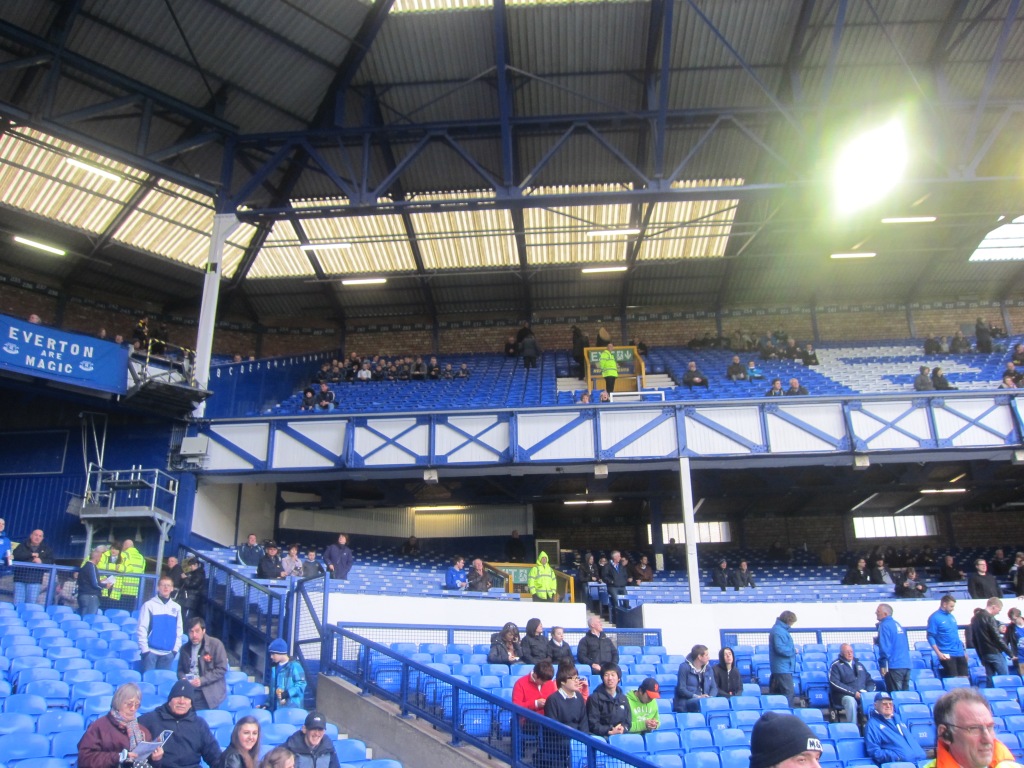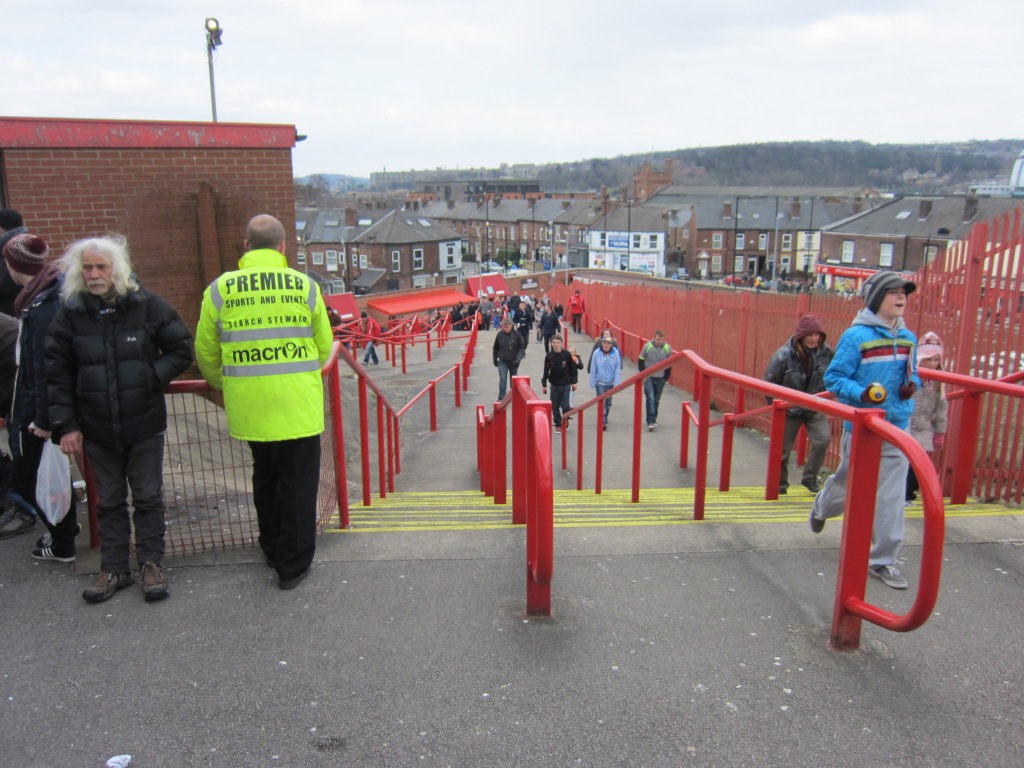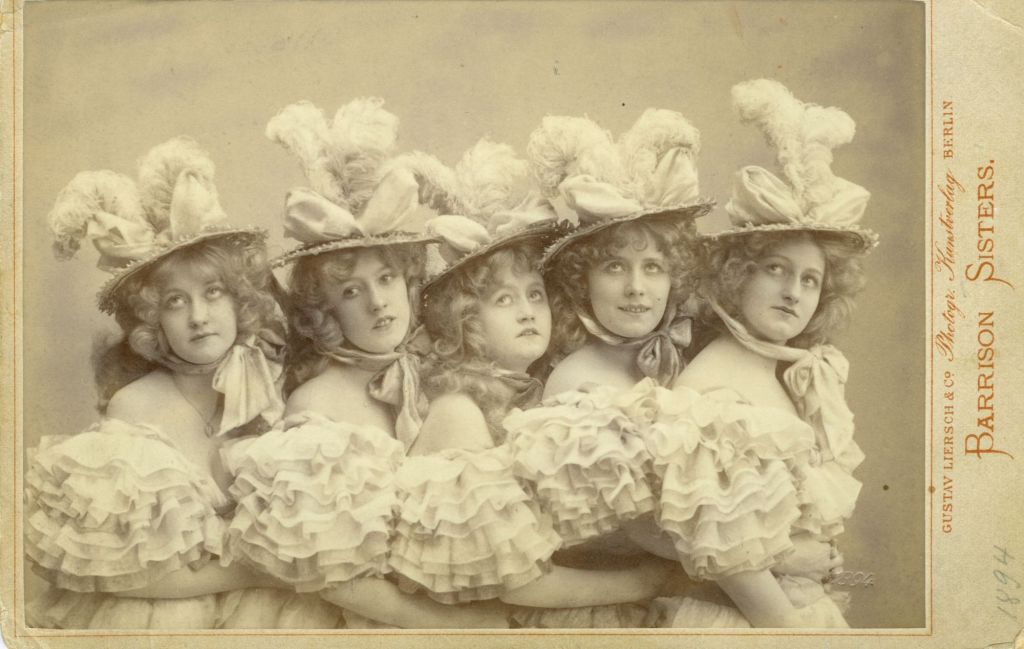
“The cultural and material history of the English football league ground 1888-2020”. That is the working title of my new project. As you may know from my blogposts, I am fascinated by the way football grounds encapsulate the history of clubs and the ways football have been consumed for more than a century.
The football ground was the platform for professional football. The income of clubs used to be almost totally dependent on gate receipts (especially if you include subscriptions/season tickets). So football being played in virtually empty grounds for the past year, is the perfect time to take a look at the way football grounds (and football economy) has changed since the league was founded in 1888.
You can give me a helping hand for this project with very little effort – by voting for my previous book “Barrison-feberen” as History Book of the Year 2020 in Denmark. The book is among 5 nominated, and voting is open till 31st March 2021 on http://www.historie-online.dk/aarets-historiske-bog-2020
The title comes with a prize of 20.000 Dkr (roughly £2500), which would enable me to go on a trip around grounds and archives in the UK to gather material for the project. And winning the title would probably make publishers more interested in this new project.
I really would appreciate your help.
Below, you can read a description in English of “Barrison-feberen”, so you have an idea, what you would be voting for!
Thanks!
Hans Henrik Appel

Barrison Fever!

The story of ‘The Five Barrison Sisters’, the Danish-American pop phenomenon who shocked Europe’s metropoles in the 1890’s, as they challenged the ruling views of gender, body and morality.
‘Barrison Fever!’ is a micro-historical account of the cultural upheaval in the fast-growing metropolitan cities of fin-de-siecle Europe. By focusing on the remarkable story of how The Five Barrison sisters overnight became an international celebrity pop phenomenon, the book gives a vivid description of fin-de-siecle cultural tensions as new perceptions of gender, body and morality were breaking through in the wake of the emergence of consumerism, the leisure industry and international mass media celebrities.
The book
The book tells how the five Danish-American Barrison sisters (between 13 and 21 years old) in 1894, overnight become the most coveted stars of the variety scene in the western world. They create a sensation with their almost identical appearance, the synchronicity of their moves, their skinny bodies without corset and feminine curves, and their double entendres and dances that balance between childish innocence and bubbly sexuality. They are among the very first celebrity stars in an emerging international news feed, and wherever they go, they create a stir with their appearance, whether cycling around cities wearing bloomers or being coveted by noblemen and rich businessmen at parties and balls.
Helped by an unprecedented (and strategically planned) marketing through cabinet cards, posters, merchandise, scandals and gossip spread by news agencies, the Barrison sisters make the headlines in newspapers internationally, at the same time as the phrase ‘The New Woman’ is coined. Therefore, they invariably become central figures in the debate about female emancipation, embodying this new concept. To some, they serve as a model for a new emancipated way of life, to others they are the very incarnation of the moral decay of fin-de-siecle. They become the enemy that spur Christian defenders of traditional morals to rally and organize, especially when it comes to light that their manager, the husband of the eldest sister Lona, William Fleron was convicted for his anarchist activities in Denmark back in the 1880’s. Surely, this pop phenomenon must be the latest anarchist onslaught on bourgeoise society?
The Barrison sisters become a big name in Paris, they make Berlin go wild, and they are the centre of attention in Vienna. In their native Copenhagen, however, the police decide to ban them immediately after manager William Fleron’s anarchist past is drawn to their attention. In the English-speaking world – London and New York – the reception is reserved. In the fall of 1896, Lona Barrison triggers a scandal in New York as she tries to enter the Madison Square Garden’s Horse Show, riding astride in a split skirt on a men’s saddle.
After this American scandal the sisters return to Europe in January 1897. But by now the Barrison phenomenon is confronted by Christian, conservative, nationalist and anti-Semitic forces in Austria and Germany. In a whirlwind of censorship, lawsuits, legislation and bans, the troupe disintegrates, though their manager, William Fleron, and his wife Lona Barrison try to keep her solo career going for another 10 years.
Through 10 chapters, the book follows the emergence of the Barrison fever, its heyday, the disintegration of the troupe, and Lona’s and Fleron’s subsequent battle against censorship in Germany and Denmark. With the sisters’ (and Fleron’s) career as the focal point of the story, readers are led on a journey through fin-de-siecle culture as it unfolds in Paris, Berlin, Vienna, New York, Copenhagen and other metropolitan cities.
The book is an historical account, based on thorough archival research, but written in the ‘historical present’, using a dramatic plot structure and ‘thick-descriptions’ to convey a sense of immersion, rather than academic distance.
Reviews
“What really makes Hans Henrik Apple’s book worth reading is his excellent ability to put the Barrison sisters into a context that extends far beyond the artists themselves. In this way, the book provides an excellent snapshot of 19th-century fin-de-siècle, social tensions and clashes of culture, burgeoning socialism, New York’s theater scene, eroticized Paris, Puritan movements and much, much more … From the first to the last page it is an absolute joy to read.”
– Ph.d. Joachim Lund in Dagbladet Information
“Hans Henrik Appel has made a scoop of a book … [he] gives a detailed and absorbing description of life in Europe’s major cities at the turn of the century … It’s brilliantly written throughout and the illustrations do the wicked girls full justice”
– (Six stars out of six) Bent Blüdnikow in Berlingske Tidende
Leave a comment